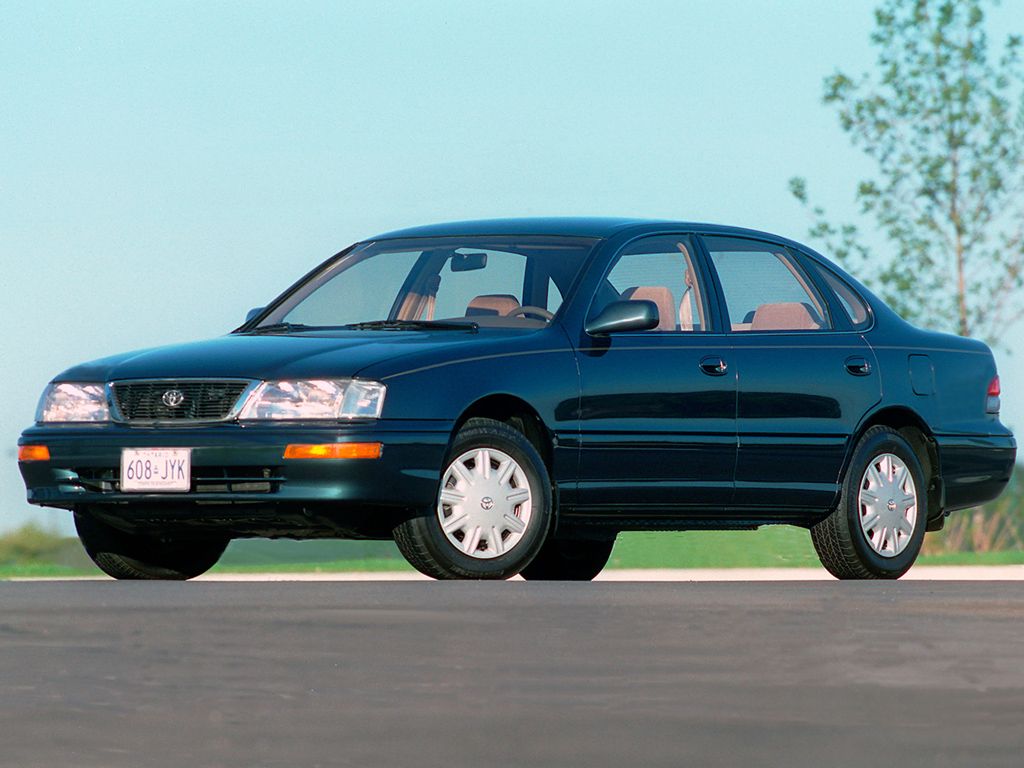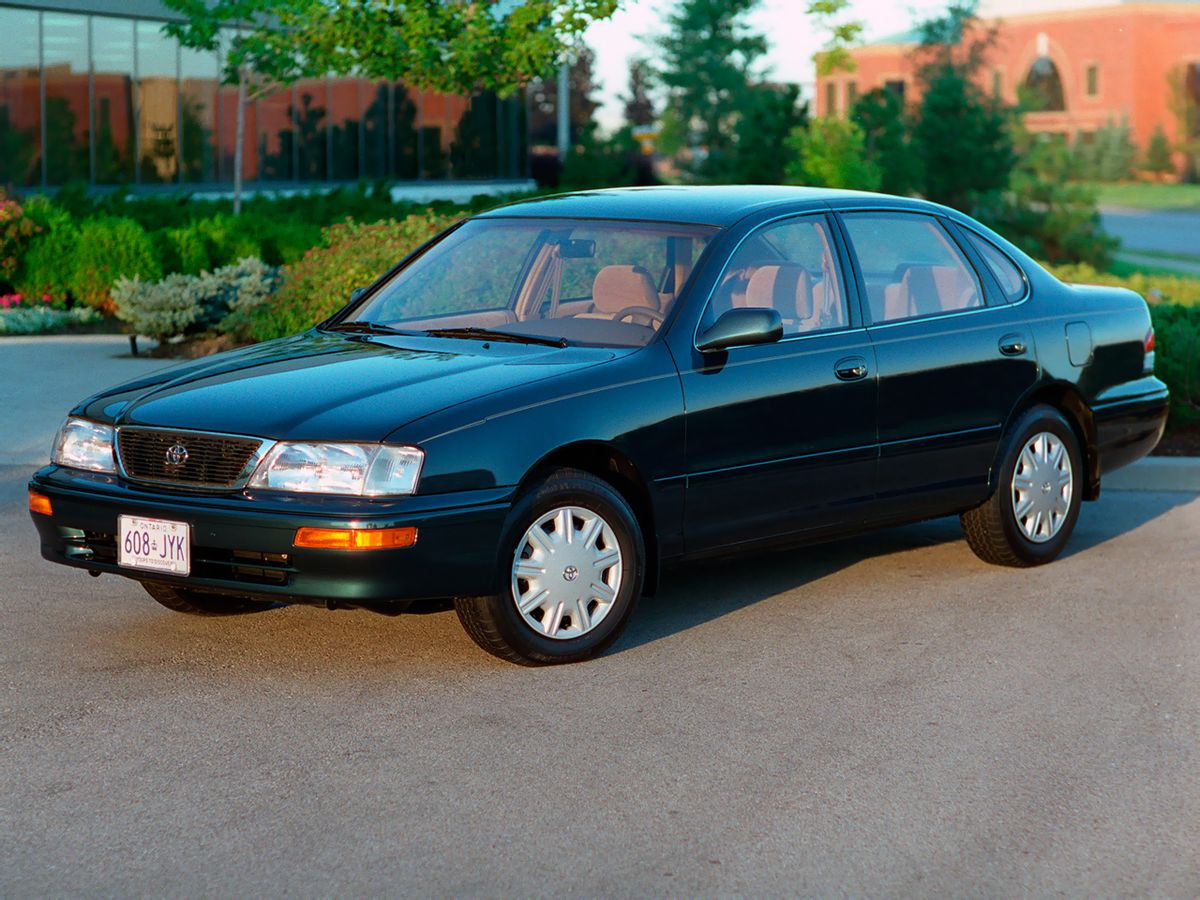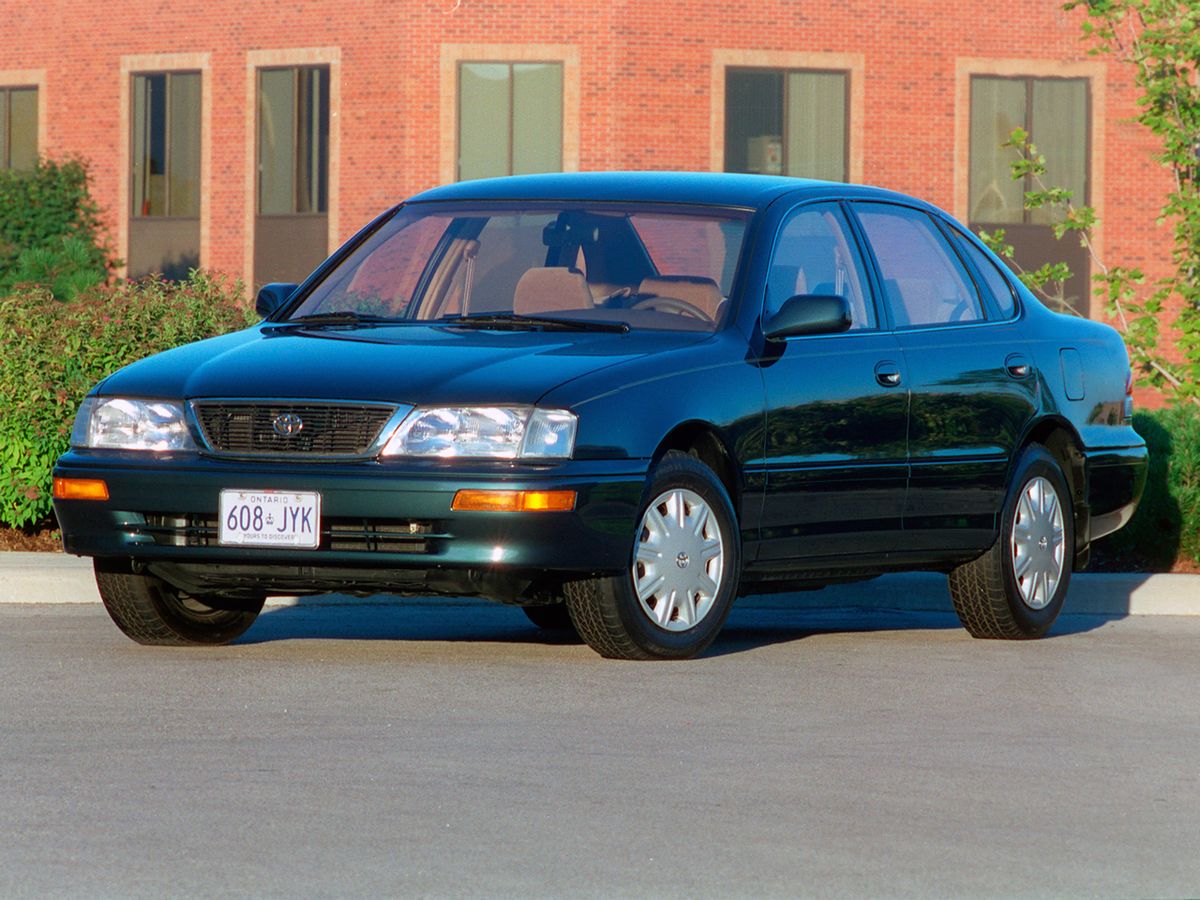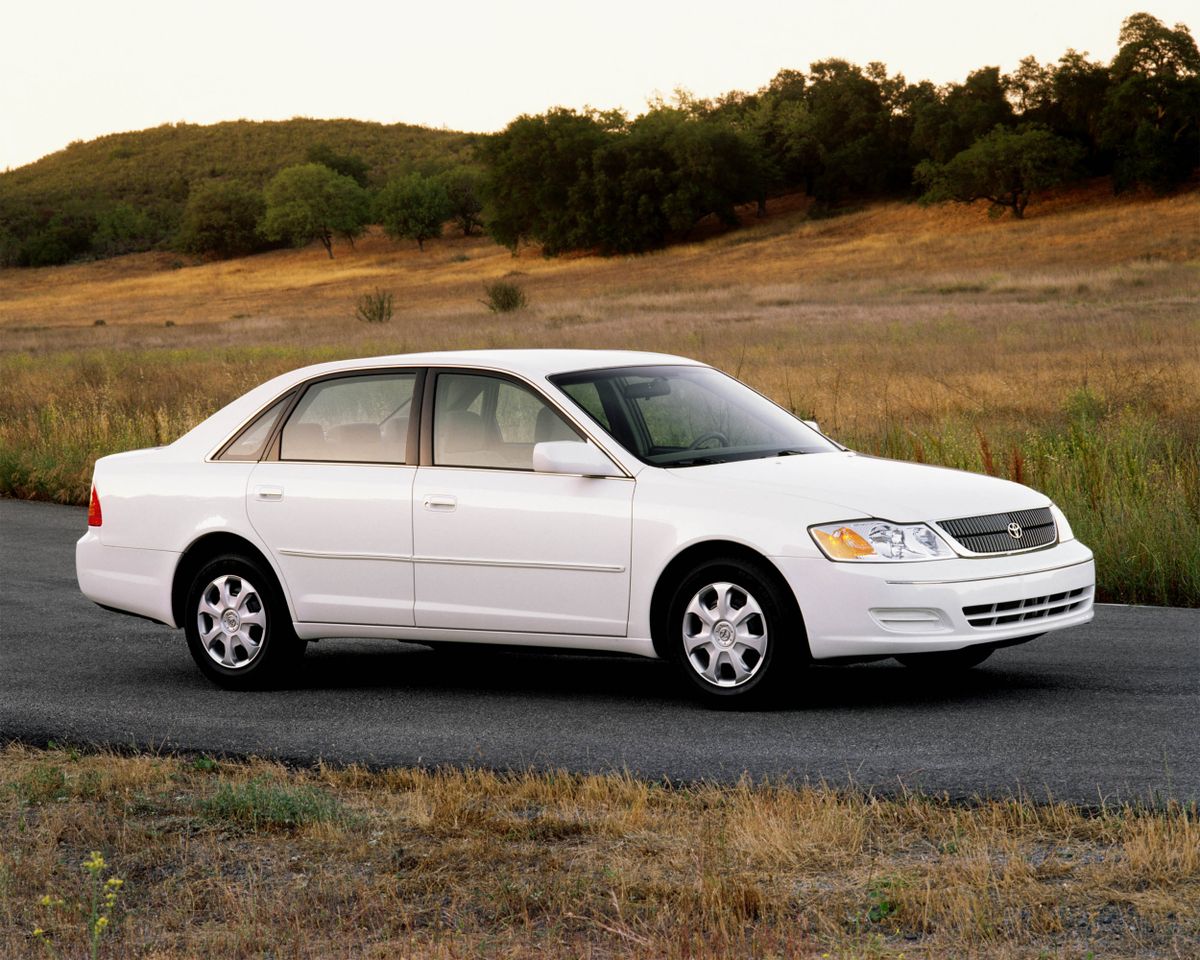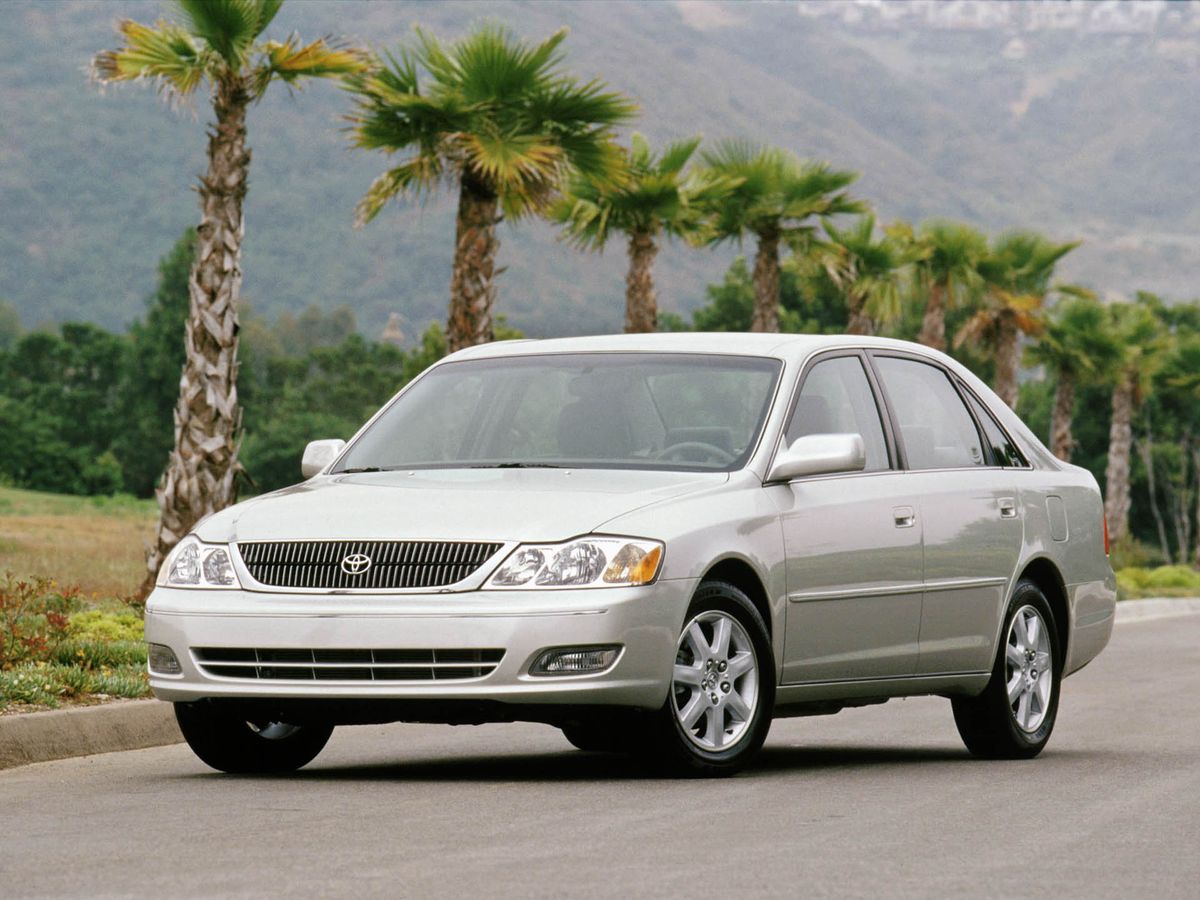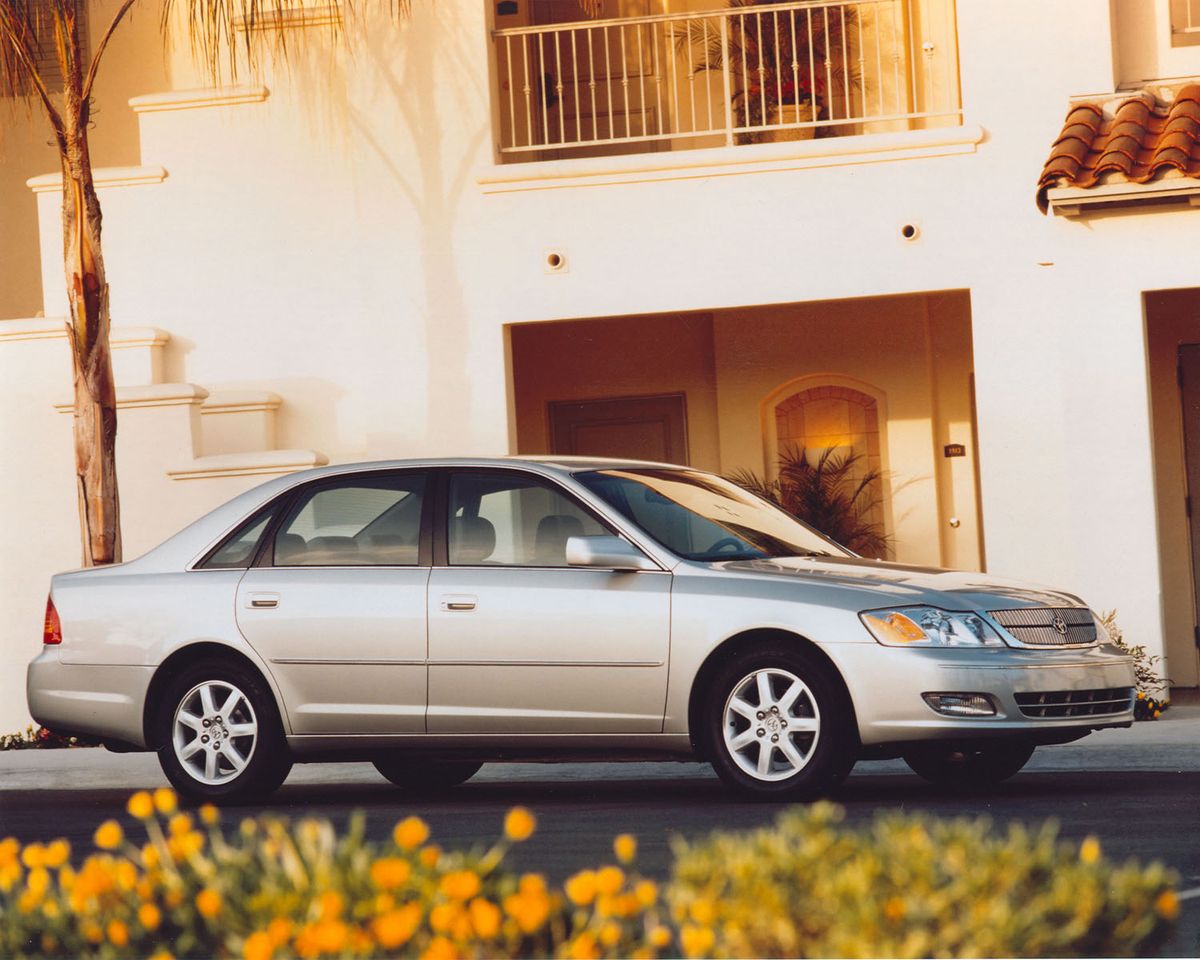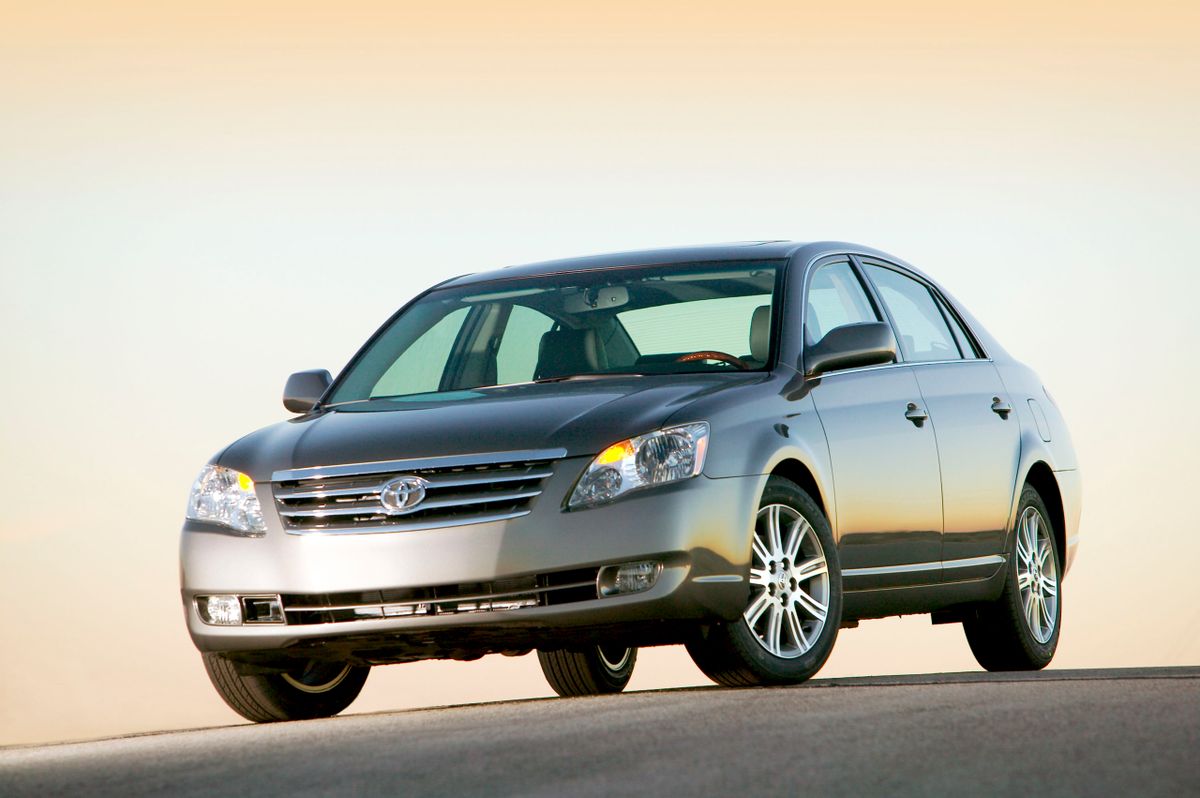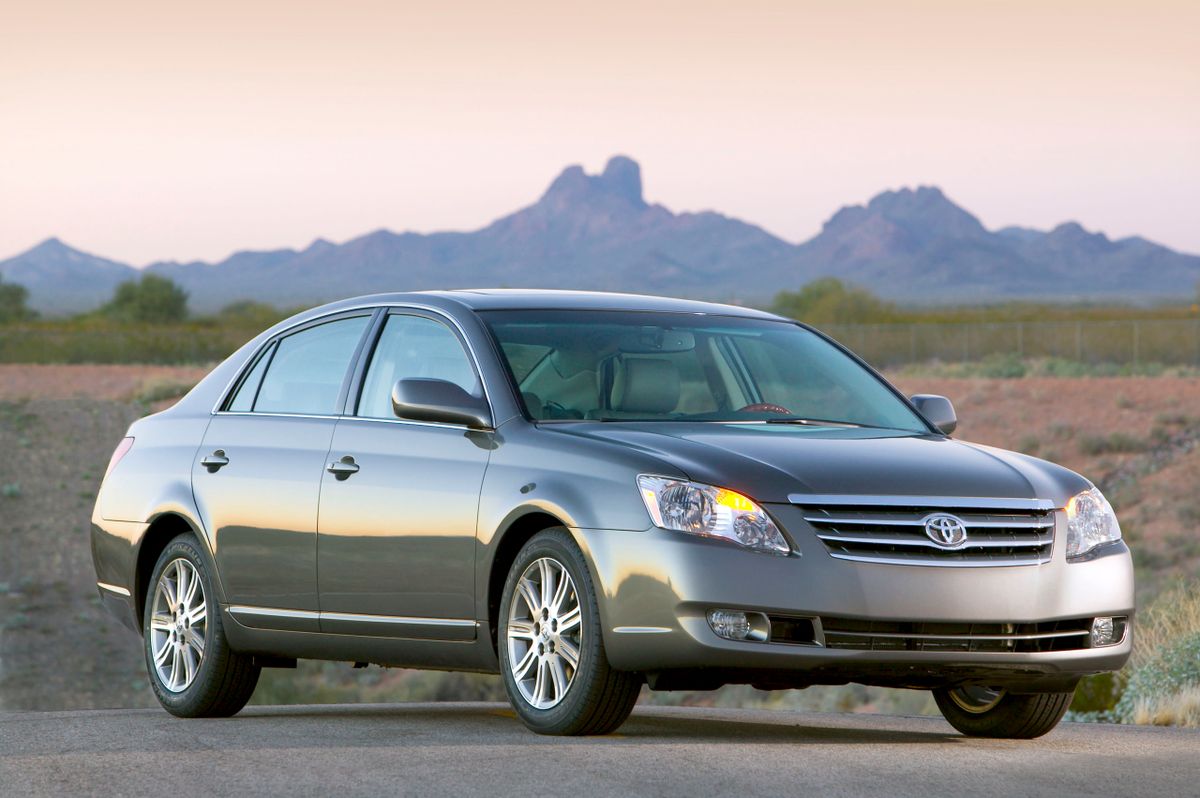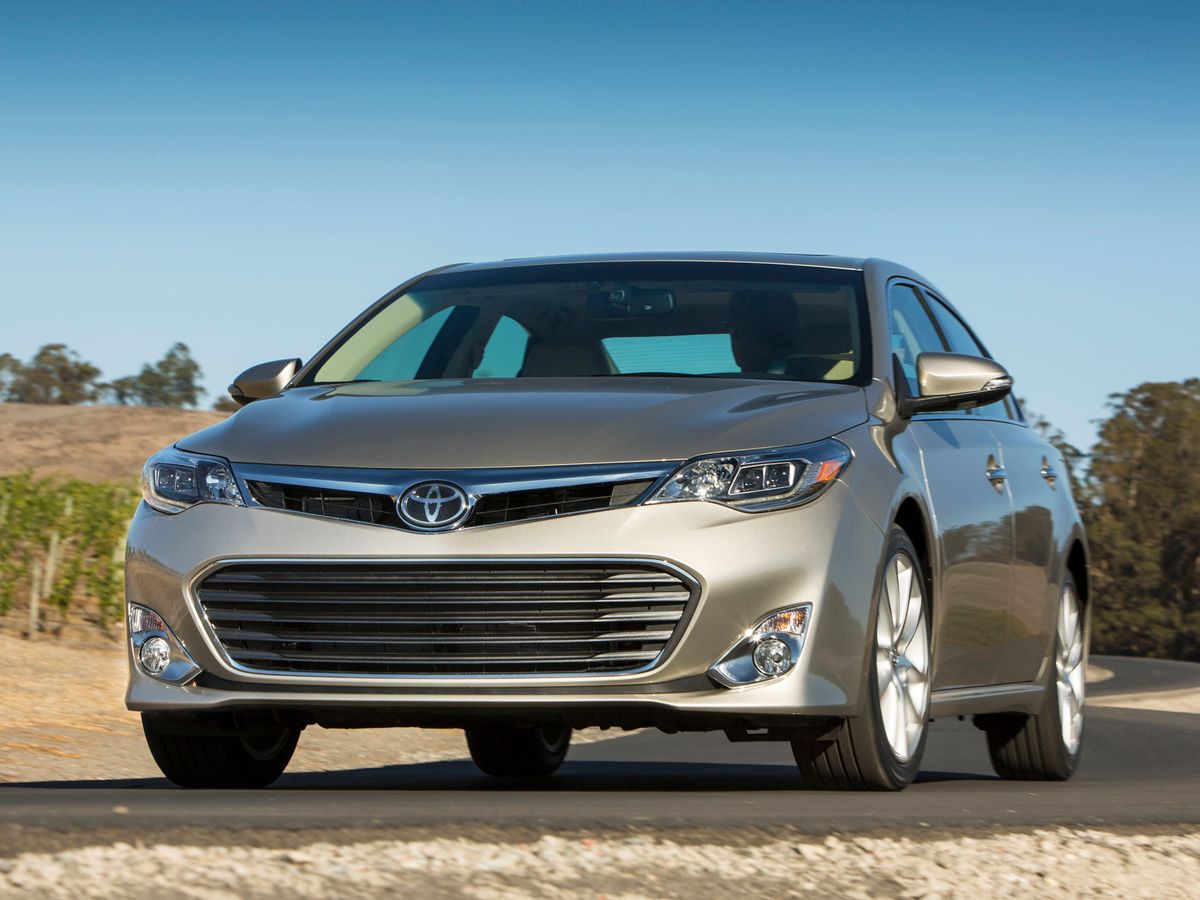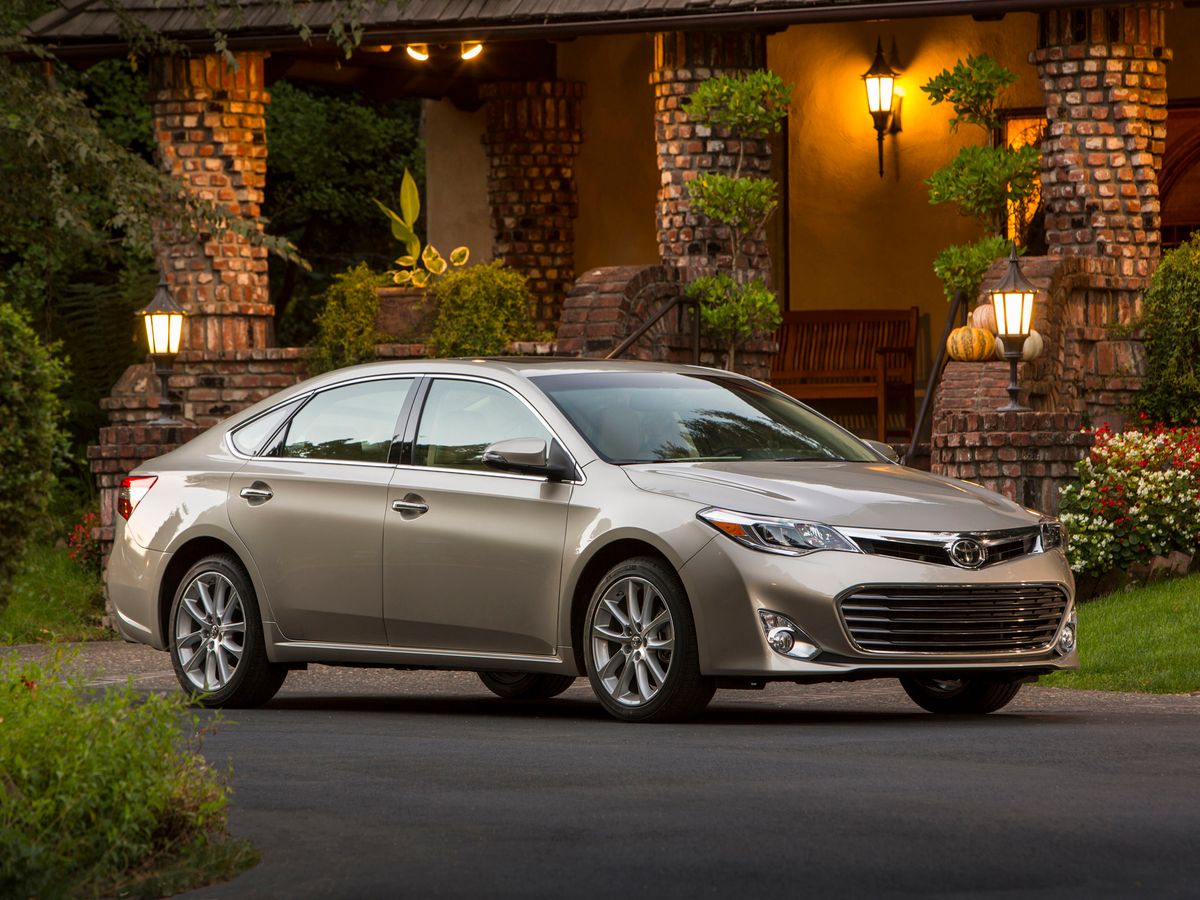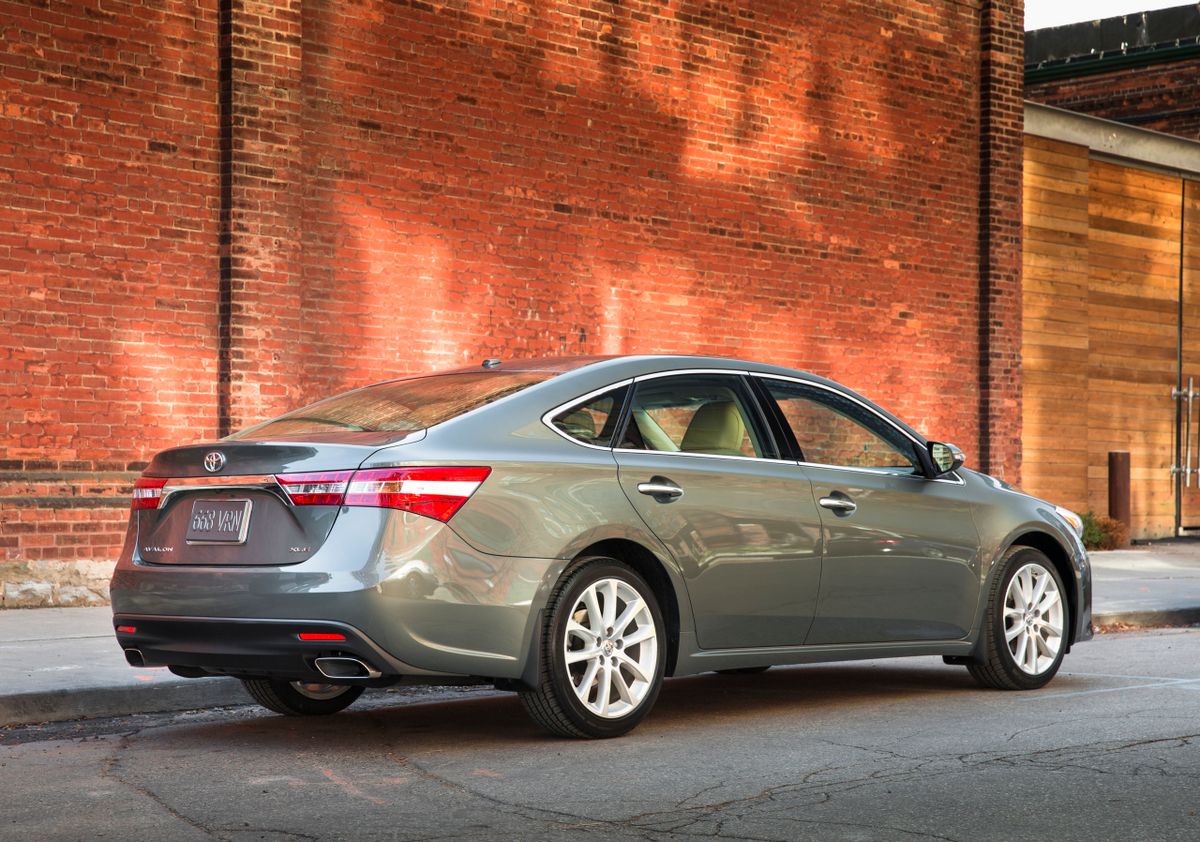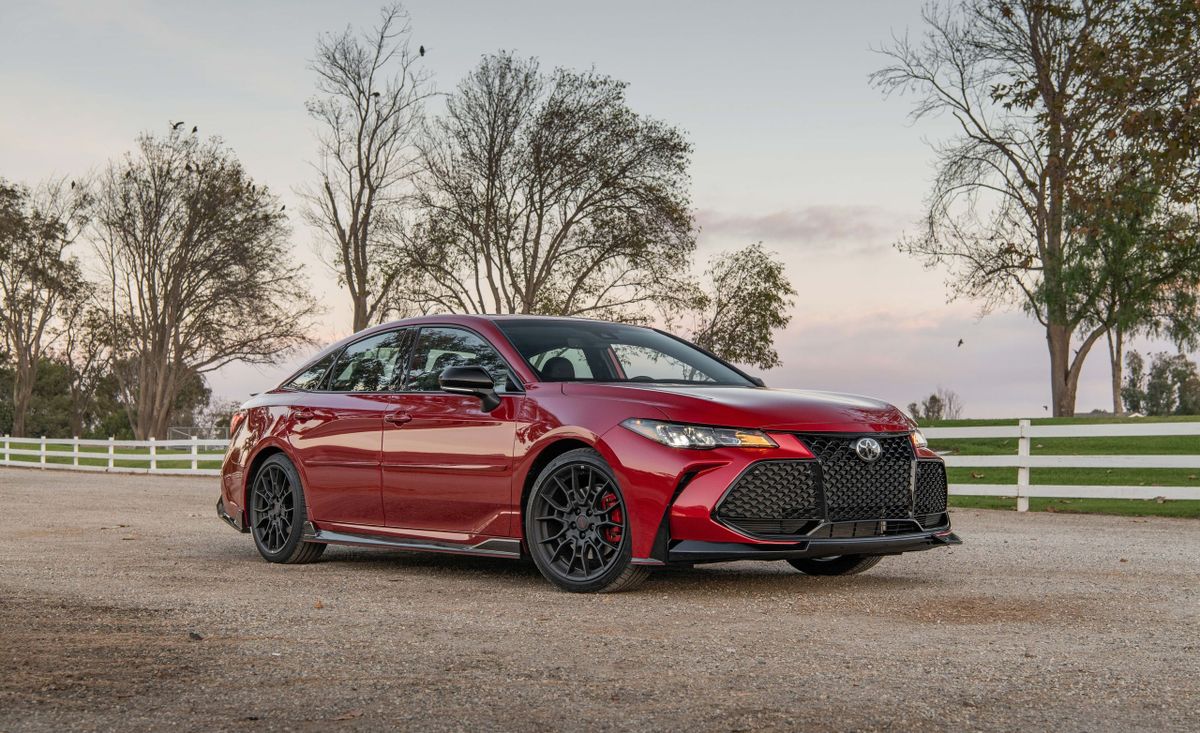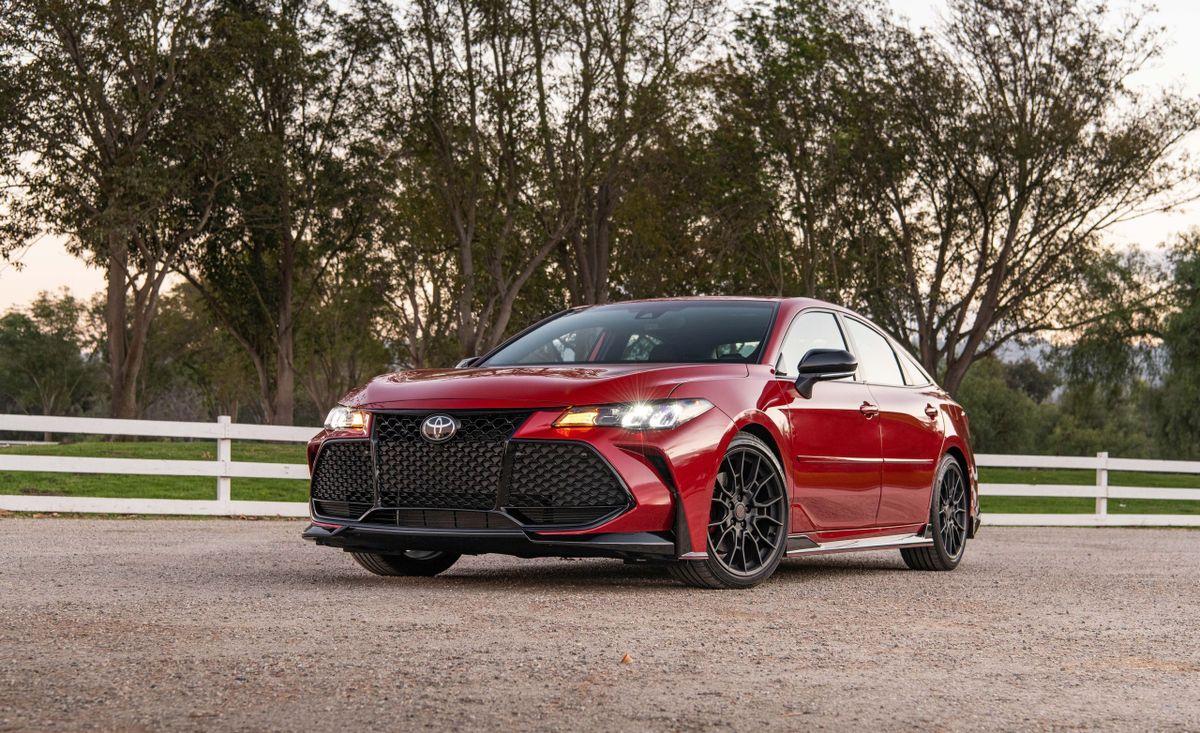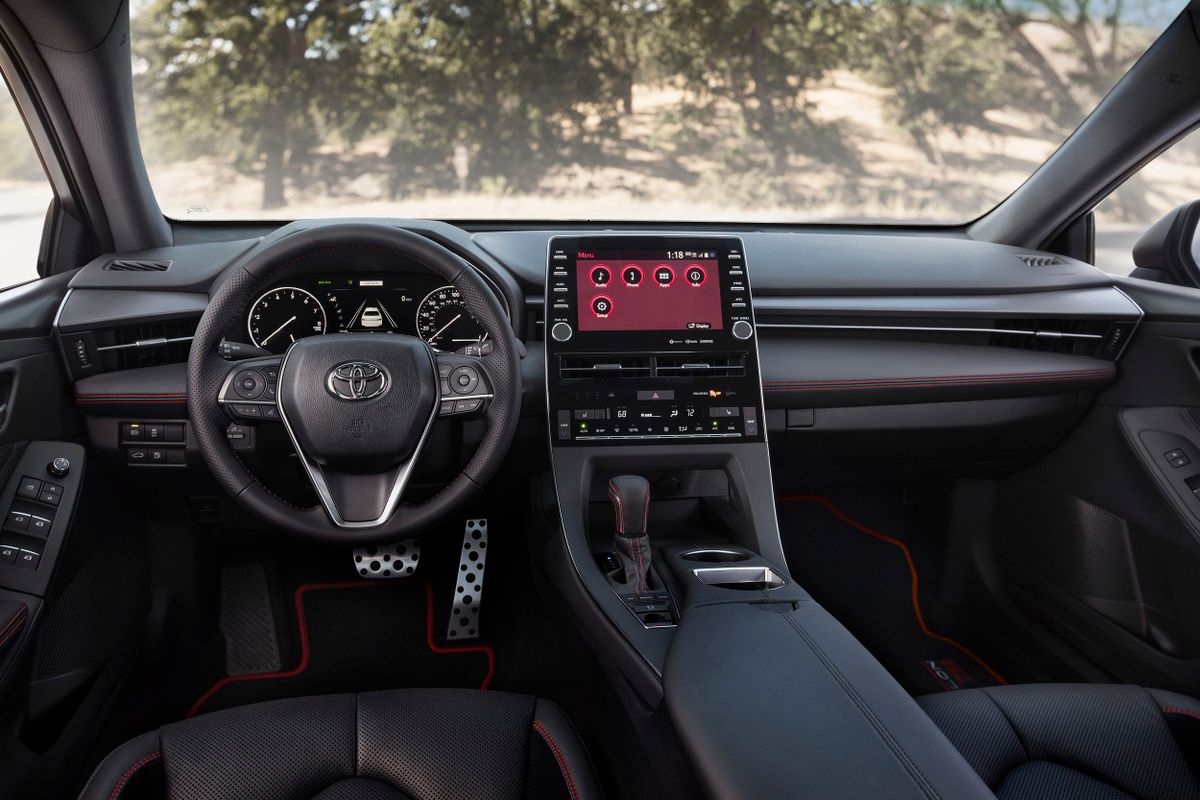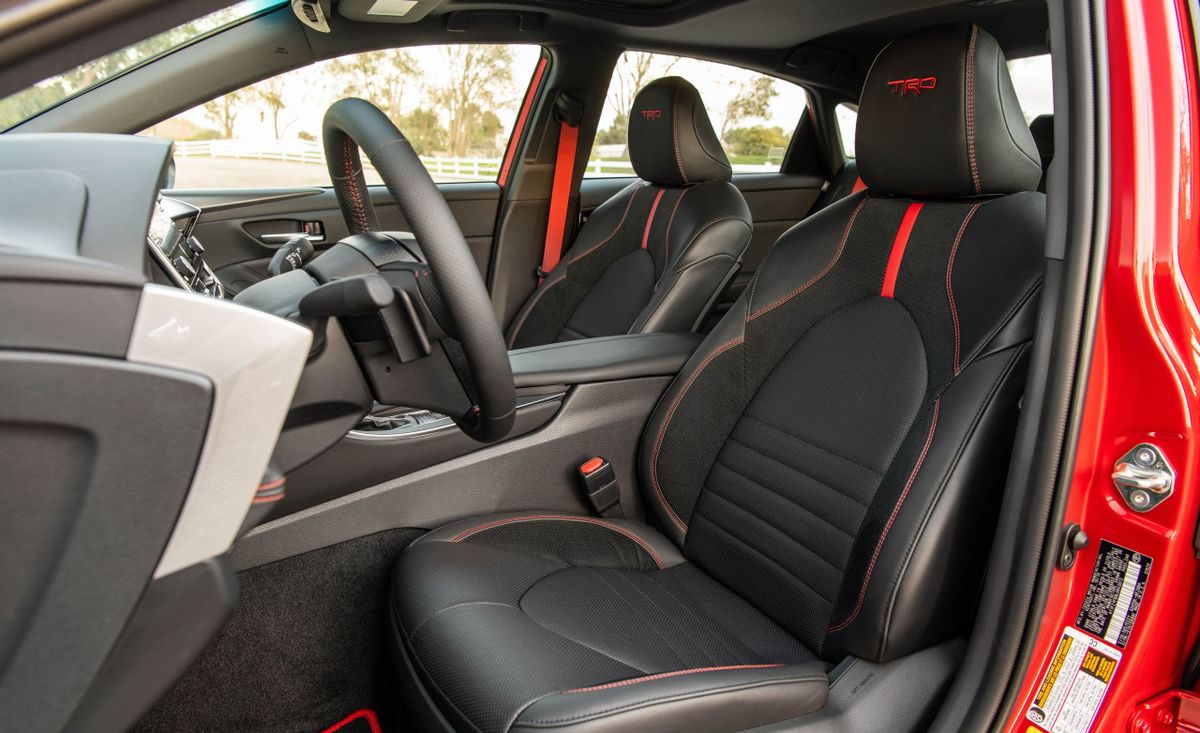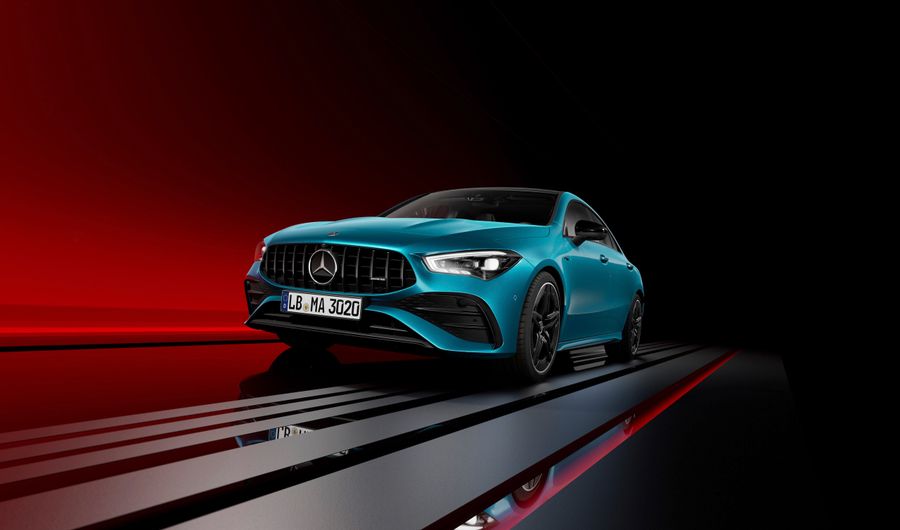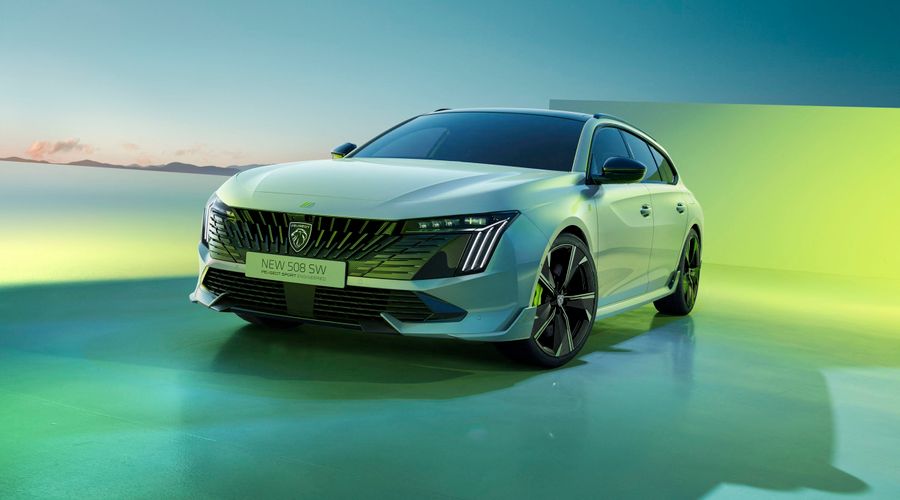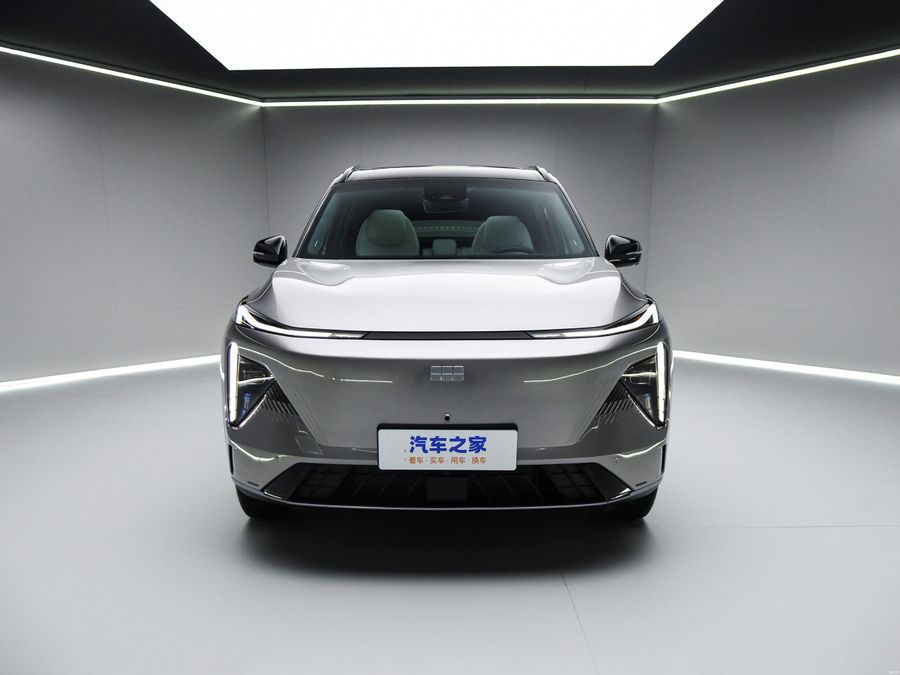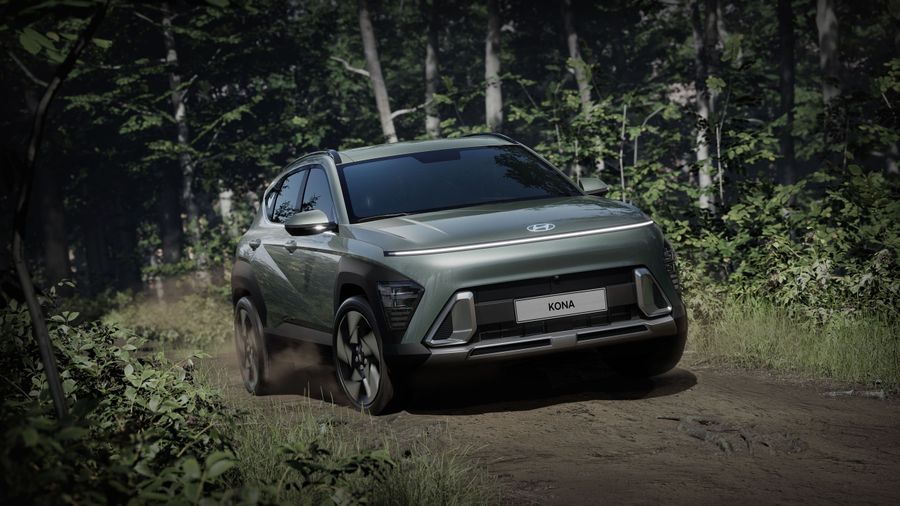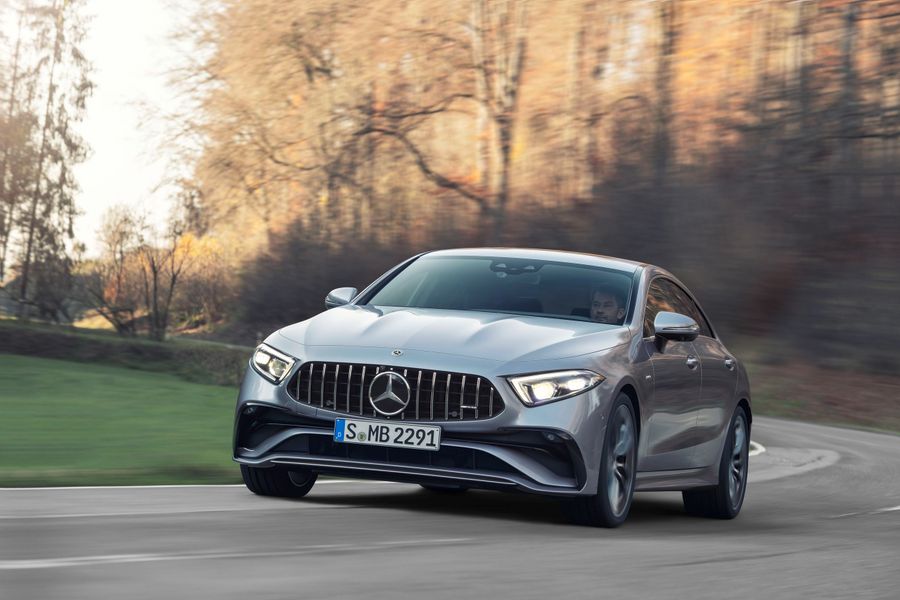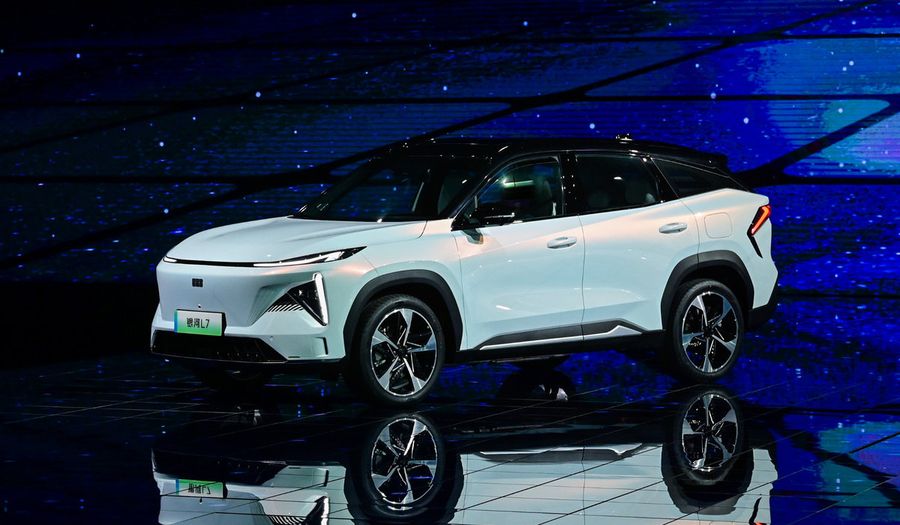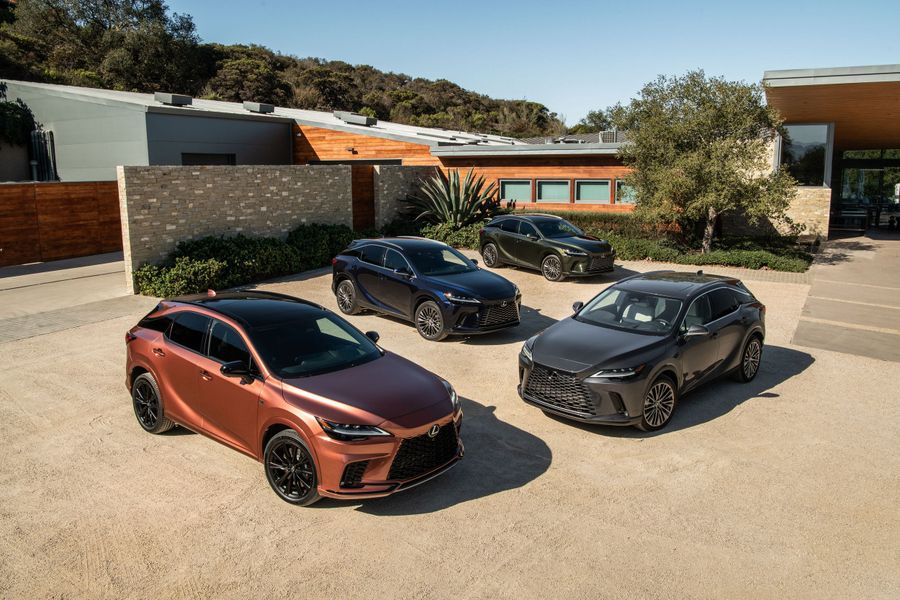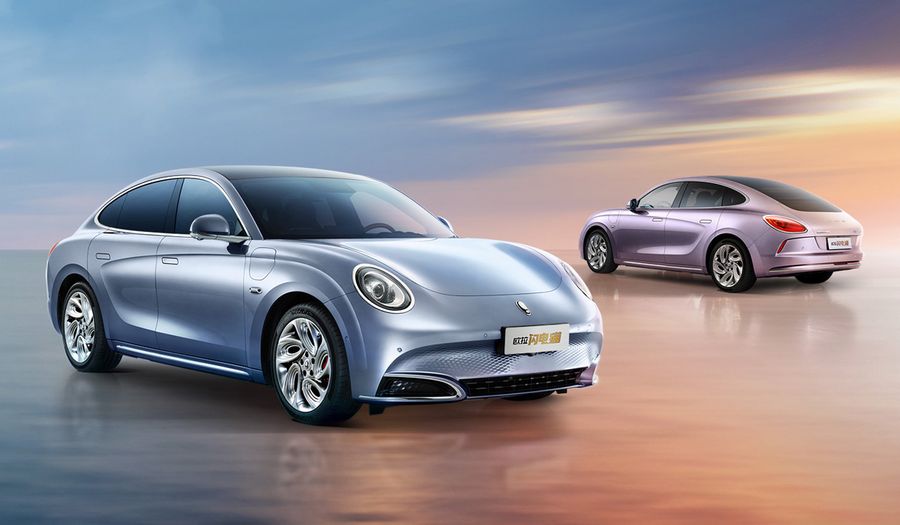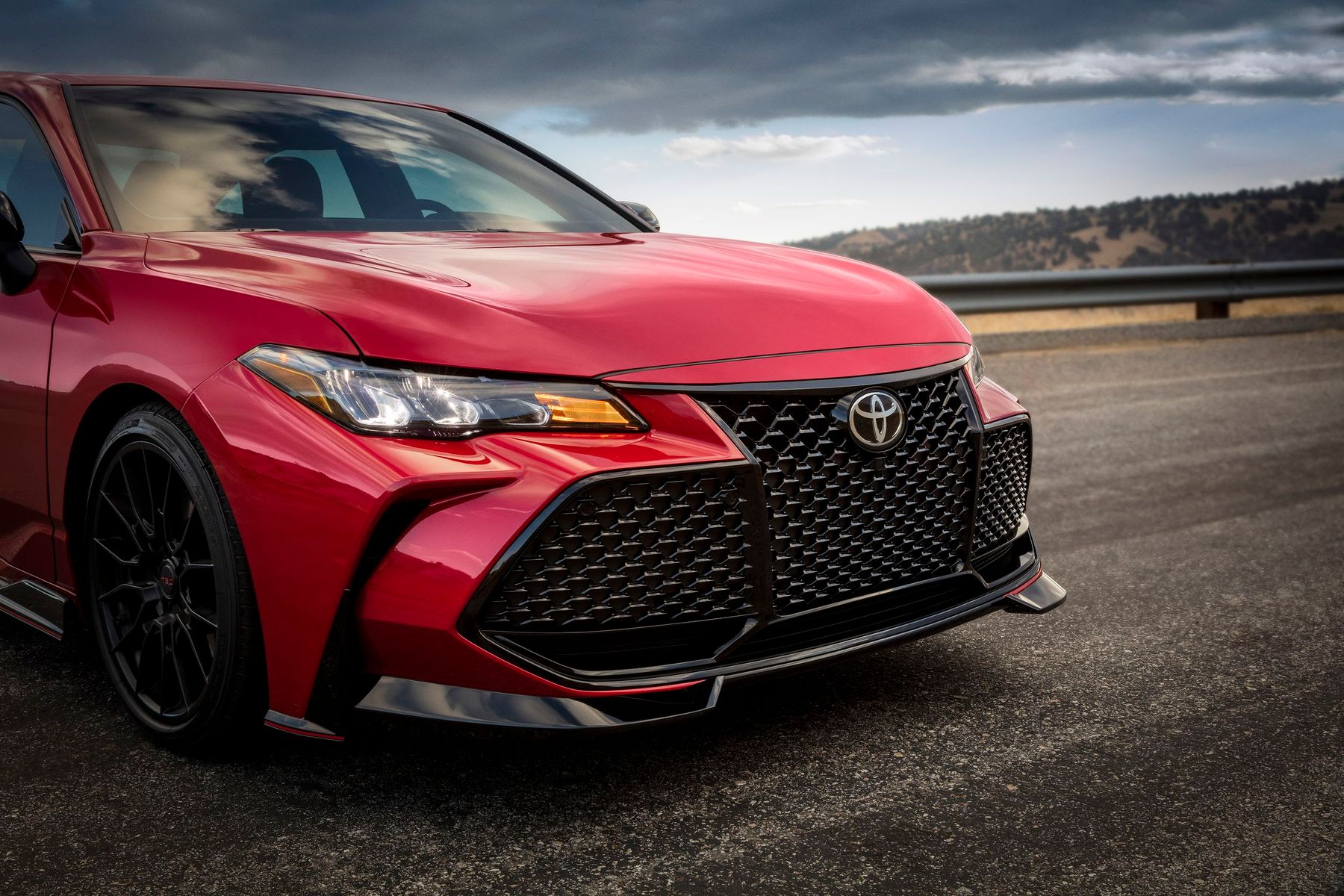
Toyota Avalon Sedan. Straight out of legends
The Toyota Avalon is a full-size sedan that has been mass-produced by Toyota since 1995. In early 2022, its production in the USA will be terminated due to low demand, which peaked during the COVID pandemic. In the meantime, the car is produced at Toyota’s US plant and sold in the US, Canada, the Middle East and China. Until July 2005, the car was also sold in Australia. The Avalon is a large car with a transverse V6 engine and front-wheel drive. Throughout its rather long life (about five generations), the model has been an improved version of the Camry. The Japanese sedan was named after a mythical island from Celtic myths, which clearly hints that the car that comes straight out of legends will remain a legend.
Avalon is a mythical island in French and English versions of Celtic myths that have survived to our time. The legendary King Arthur was reburied on Avalon. In other legends, Morgan le Fay lives in Avalon.
The first generation
The Toyota Avalon was introduced in 1995. Considering its dimensions and equipment, the sedan belonged to the segment E. The car was 4,845 mm long, 1,785 mm wide and 1,435 mm high. The model was created for the North American market and was based on the Toyota Camry. It featured a 3-liter V6 1MZ-FE engine with an output of 192 hp and 285 Nm of torque, paired with a 4-speed automatic transmission. Back in 1997, the car was slightly updated, acquiring an anti-lock braking system as standard equipment. The sedan engine was boosted to 200 hp, and the torque was increased to 290 Nm. The first Avalon was also sold in Japan with the same 3-liter engine (200-210 hp).
The second generation
The second Avalon was released in the United States and Japan in 1999. In Japan, the car was called Toyota Pronard, but there it was produced only from April 2000 to May 2003 due to low demand. In 2000, the Avalon started featuring a new navigation system with control via a touch screen. And in the same year, a total of 104,078 cars were sold in the United States. Unfortunately, this was the highest sales volume for this model.
The car of those years (1999-2004) was equipped with an upgraded 3.0-liter V6 1MZ-FE engine, equipped with the VVT-I system, producing 213 hp. The second Avalon was offered in two trim levels: XL and XLS. Standard equipment included an Optitron digital dashboard, anti-lock brakes, and front airbags. For a surcharge, it was possible to order a more advanced sound system, 16-inch wheels, etc. In 2003, the sedan was slightly modernized, acquiring a new radiator grille, headlights and taillights. Plus, the list of standard equipment was expanded.
The third generation
The third generation Avalon debuted at the 2005 Detroit Auto Show. The design of the car was different from its predecessor, but was just as conservative and boring. The third Avalon received a 3.5-liter V6 2GR-FE engine with a new 268 hp Dual VVT-I system, coupled with a 5-speed automatic transmission. The entry-level XL offered dual-zone climate control and wood trim. The XLS had a 6-disc CD changer and side airbags. The top-end Limited offered electric ventilated seats, a keyless start system, a rain sensor and a JBL sound system. The ‘sports’ Touring package was distinguished by a black leather interior.
The fourth generation
It was produced from 2012 to 2015. The sedan was 4,961 mm long, 1,834 mm wide and 1,461 mm high. The fourth Avalon was sold only in the United States, but also in South Korea, and in some countries in the Middle East. The five-meter sedan traditionally shared its platform with the Camry and was equipped with the same V6 engine (268 hp) paired with a 6-speed automatic transmission. However, there was also a 200-horsepower version with a hybrid system based on a 2.5-liter 4-cylinder gasoline engine, coupled with an electromechanical variator. That version consumed 6 liters per 100 km.
The fifth generation
The fifth generation Toyota Avalon has been produced in the United States since the spring of 2018 and is sold only in the USA, as well as in some Middle East countries. The demand for the car is low. In 2019, a total of 27,767 cars were sold. In 2020, sales fell to 18,421 cars. At the end of the first half of 2021, when American dealers sold only 10,328 Avalon cars, the manufacturer decided to terminate production of the model in 2022. At the same time, Toyota itself, even in spite of the COVID crisis, is doing well.
For 11 months of 2021, Toyota demonstrated an 8.5% growth in vehicle sales. It became the market leader with a 12.8% share, overtaking the American brand Ford. But, unfortunately, the Avalon’s contribution to such a great result is small.
**What should we know about the final generation Avalon? **
The new Toyota Avalon is the same front-wheel drive sedan that shares the same GA-K modular platform to the Camry and even looks like it. The car is 4,976 mm long, 1,849 mm wide and 1,435 mm high, and has a wheelbase of 2,870 mm. The 2018/2019 Avalon is equipped with a 3.5-liter V6 gasoline engine with an output of 301 hp, paired with an 8-speed automatic transmission. The alternative is a 215 hp hybrid system consisting of a 2.5-liter gasoline engine, an electric motor and an electromechanical variator.
In 2020, the Toyota Avalon has gotten an all-wheel drive version (a multi-plate clutch takes the power transferred to the rear wheels) in combination with a 2.5-liter gasoline engine (208 hp), but even it did not seduce buyers. Previously, Toyota tried to create a sportier version: in the autumn of 2018, the manufacturer presented the Avalon TRD (Toyota Racing Development) version, but the whole modernization consisted of a modified chassis and aggressive body decor.
And yet, the mythical Avalon did not die. It still lives, and not as a legend, but quite a real car. Production started in China in 2019. The sedan is presented at the Chinese FAW Toyota plant in Tianjin, so the Toyota Avalon was reborn. The Chinese market received the car very well: 111,515 units were sold in 2020! From January to June 2021, a total of 50,576 Avalon cars were sold in China. This means that the car will simply change its residence.


